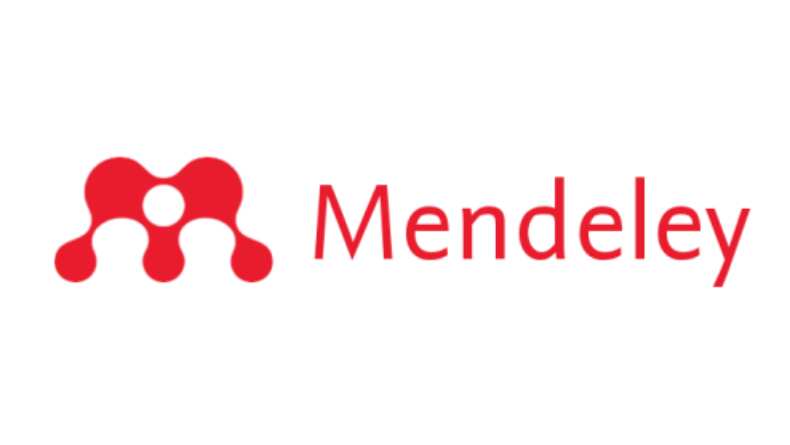Analisis Laporan dan Kinerja Keuangan Pemerintah Daerah Kabupaten Sambas
Abstract
This research aims to analyze the financial performance of the Sambas Regency Regional Government for 5 years from 2017 to 2021 and test whether there are differences in the performance of the degree of decentralization, performance of regional financial independence, performance of operating expenditures, and performance of capital expenditures. The analytical tools used are financial ratios, namely liquidity ratios, leverage ratios, debt ratios, productivity ratios and operating ratios. The research uses quantitative descriptive data analysis methods. The research results show that the liquidity ratio which consists of the average current ratio is 0.82, meaning that every Rp. 1,- of current debt is guaranteed by Rp. 0.82,- of current assets; The average cash ratio is 0.35, meaning that for every Rp. 1,- of current assets, Rp. 0.35 is cash and cash equivalents; the average cash to current liabilities is 0.29, meaning the regional government's ability to immediately pay every Rp. 1.- of current debt using cash and cash equivalents is Rp. 0.29,-; The average Quick Ratio is 0.60, meaning that the local government's ability to fulfill its short-term obligations for every Rp. 1,- using cash, cash equivalents and receivables is Rp. 0.60,-; The average cash flow ratio is 2.31, meaning the ability of a Regional Government's operating cash flow to pay for every Rp. 1,- of current debt owned using operating cash of Rp. 2.31,-. The leverage ratio measured is the Short Term Debt to Long Term Debt Ratio of 1.00. The debt ratio measured is the Total Liabilities to Current Assets Ratio. The average is 1.24 and the average Current Liabilities to Total Asset Ratio is 0.05, meaning that for every R.1,- debt is guaranteed by total assets of Rp.0.05,- The productivity ratio measured is Current Assets to Total Assets Ratio . The average is 0.04, meaning that for every Rp. 1,- current assets used for operational activities is Rp. 0.04,- Quick Asset to Inventory Ratio, the average is 2.67. The operating ratios measured include the average Earning Power of Total Investment of 0.10. The average financial independence ratio is 0.11 or 11%. From the aspect of relationship patterns and level of capability, the region is in the very low category with an instructive relationship pattern. The Public Participation Level Ratio is 0.07. This ratio shows the level of public participation in paying taxes, in this case all regional tax revenues, tax revenue sharing, both central and provincial. The higher the ratio value of the level of public participation of a Regional Government, the better it will be. From the calculation results it can be seen that for every Rp. 1,- Revenue, which comes from taxes is Rp. 0.07,- Debt Service Coverage Ratio (DSCR) for the Regional Government of Sambas Regency, the average for 2017-2021 is 2.79 or still above the minimum requirement of 2.5 as regulated in PP No. 107 of 2000 concerning Regional Loans article 6 letter b. However, in 2020 the DSCR was 2.35 and in 2021 it was 1.79, which is below the minimum requirements as regulated in PP 107/2000. This condition is caused by the relatively increasing number of regional loans from year to year. So the regional government for the coming year must ensure that the DSCR is still at the minimum limit outlined by the central government because if loans continue to increase there will be concerns that the Sambas Regency Regional Government will not be able to meet mandatory spending as regulated by PP 30/2011 concerning regional loans explanation of article 15 paragraph (1) letter b.
References
Bastian, I. (2001). Akuntansi Sektor Publik di Indonesia. BPFE.
Budiarto, B. (2007). Pengukuran Keberhasilan Pengelolaan Keuangan Daerah.
Halim, A. (2002). Akuntansi Sektor Publik Akuntansi Keuangan Daerah. Salemba Empat.
Halim, A. (2004). Akuntansi Keuangan Daerah. Salemba Empat.
Helfert, E. A. (1996). Teknik Analisa Keuangan: Petunjuk Praktis untuk Mengelola dan Mengukur Kinerja Perusahaan. Erlangga.
Kabid Lattas. (2022, April 28). 26 Tahun Otonomi Daerah Di Indonesia. Https://Palangkaraya.Go.Id/26-Tahun-Otonomi-Daerah-Di-Indonesia/.
Mahsun, M. (2006). Pengukuran Kinerja Sektor Publik. BPFE.
Mardiasmo. (2002). Otonomi dan Manajemen Keuangan Daerah. Andi.
Mardiasmo. (2004). Otonomi dan Manajemen Keuangan Daerah. Andi.
Munawir, S. (2002). Akuntansi Keuangan dan Manajemen. BPFE.
Munawir, S. (2004). Analisis Laporan Keuangan. Liberty.
Nataludin. (2001). Potensi Dana Perimbangan Pada Penerimaan Daerah Di Propinsi Jambi, Manajemen Keuangan Daerah. UPP YKPN.
Peraturan Pemerintah Nomor 8 Tahun 2006 Tentang Pelaporan Keuangan dan Penilaian Kinerja. (n.d.).
Peraturan Pemerintah Nomor 12 Tahun 2019 Tentang Pengelolaan Keuangan Daerah. (n.d.).
Peraturan Pemerintah Nomor 30 Tahun 2011 Tentang Pinjaman Daerah. (n.d.).
Peraturan Pemerintah Nomor 107 Tahun 2000 Tentang Pinjaman Daerah. (n.d.).
Ritonga, I. T. (2023). Analisis Laporan Keuangan Pemerintah Daerah. Pustaka Pelajar.
Sartono, A. (2016). Manajemen Keuangan Teori dan Aplikasi. BPFE.
Sugiyono. (2017). Metode Penelitian Kualitatif, Kuantitatif dan R&D. Alfabeta.
Tangkilisan, H. N. S. (2003). Implementasi Kebijakan Publik Transformasi Pikiran George Edwards. Lukman Offset.
Tangkilisan, H. N. S. (2007). Manajemen Publik. Grasindo.
Ulum, I. (2004). Sebuah Pengantar Akuntansi Sektor Publik. UMM Press.
Undang-Undang Nomor 17 Tahun 2003 Tentang Keuangan Negara. (n.d.).
Undang-Undang Nomor 23 Tahun 2014 Tentang Pemerintahan Daerah. (n.d.).
Copyright (c) 2024 Suharman, Eko Febri Lusiono, U Ari Alrizwan, Yuliansyah, Munandar

This work is licensed under a Creative Commons Attribution-ShareAlike 4.0 International License.





















